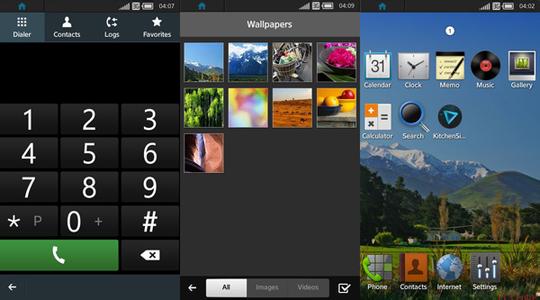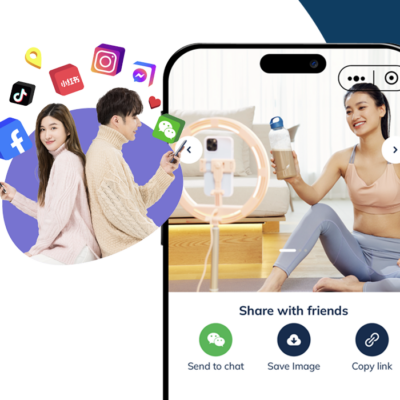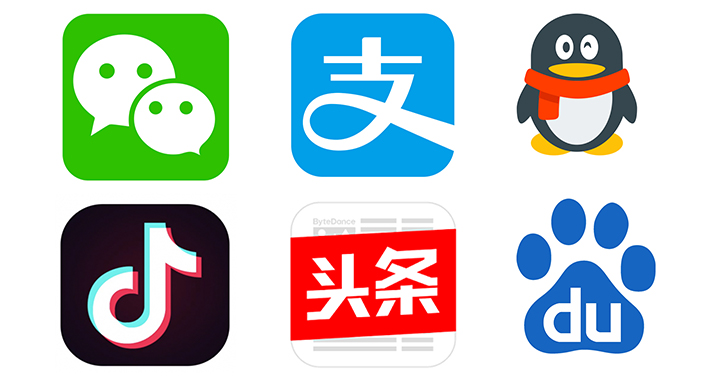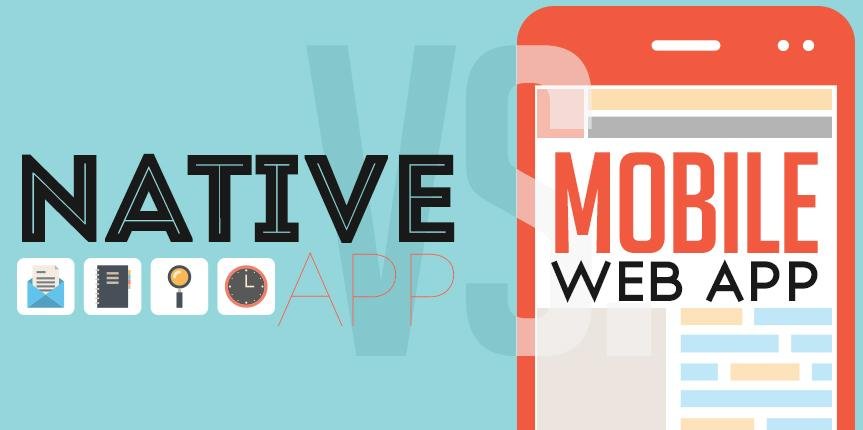Mobile marketing is quickly becoming a nexus for businesses to make their mark. In fact, up to 94% of people will reject a company based on website alone. In this Information Age we live in, people will hear about a company and instantly search Google to see how credible you are through your online presence. Let’s go over a few basic “must-haves” for your business and other mobile marketing opportunities.
Markets are evolving in so many different ways that you really need a compass to mantain focus. Content and strategies must adapt to this ever-changing scenario in which clients not only research, compare and buy products on their mobile devices, but also ask for innovative and compelling digital customer experience. Let’s take a look at mobile marketing top tends in 2015.
Wearable technology is on the rise
The craze of 2014 is wearable technology, and we don’t see that craze ending in the near future. Wearable devices aren’t meant to replace people’s current mobile devices. Instead, they’re devices with apps that collect a user’s data and relay real-time notifications and feedback to them, and people are loving it. Fitness trackers and smart watches are currently the top ones used. Businesses wanting to jump on this wearable craze don’t need to create a brand new app. All that’s required is making some tweaks to their existing mobile app to fit their own wearable design.
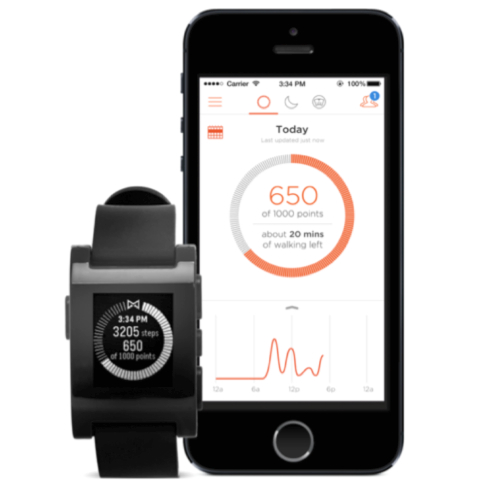
Consolidation will continue in the ad network space
The widespread adoption of transparent buying methods like RTB and the growth of large mobile publishers' direct sales teams have greatly reduced the amount of inventory available to ad networks. The proliferation of options now available to buyers means that more consolidation will happen. Small niche players, particularly in the gaming space, will continue to build their businesses independently. But buyers will quickly find the offerings of large and medium-sized mobile ad networks redundant against the combination of RTB platforms and direct ad sales by big publishers.
New mobile ad formats, including five-second mobile video spots
Facebook's in-stream ads format is just one example of the new types of mobile ad formats that have started to emerge as the industry evolves. Promoted Tweets from Twitter are another example. Expect Pinterest to roll out its own advertising format, which is sure to be readily embraced by marketers, particularly retailers that are already seeing huge success with Pinterest. On the banner display side, we expect rich media growth to be small. Its implementation costs are high and its effectiveness is questionable. It's unlikely to appeal to marketers outside a small niche of dedicated brand advertisers.
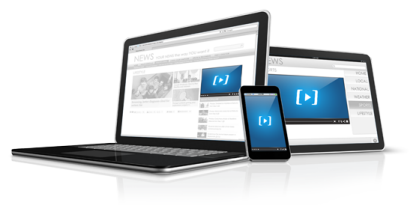
Mobile video formats, however, are ripe for innovation. The days of simply repurposing a 30 second spot for mobile and the Web, just to increase reach, are over. We expect 5-second and 10-second mobile video spots to increase in popularity.
Personalization and Customization
Mobile commerce might not be massively popular among all consumers just yet, but an increasing percentage of the population uses tablets and smartphones to research products and services. This has led to an increase in the personalization and customization of messages that advertisers deliver in marketing content. The trick for businesses and their publishing partners is converting those searchers into buyers, both on mobile devices and in stores.
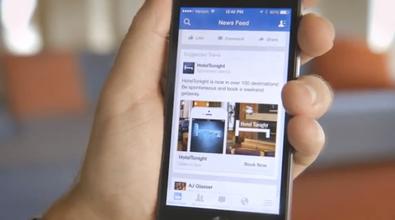
For example, grocery store apps are wildly popular among consumers. Coupons and grocery lists can be managed on a device while walking the aisles of the store. When consumers search a recipe, say for green bean casserole, customization takes over to convert that searcher to a buyer. The app would immediately offer up coupons for the various ingredients to the casserole to provide a push in the right direction.
Location-Based Content
we can’t ignore one last trend, strictly linked with the previous one. GPS helps companies locate clients and shape proper content strategies for customers while they are in the right location (i.e. stores). Give them what they need when they need it. Location-based promotions and notifications are now essential part of the marketing mix. More relevant and less intrusive.
